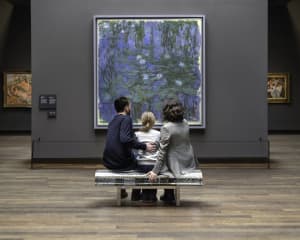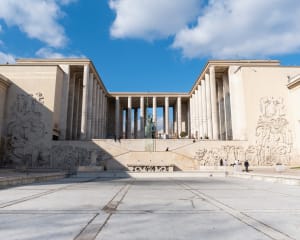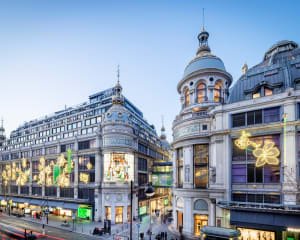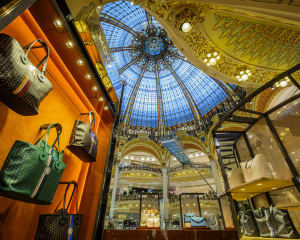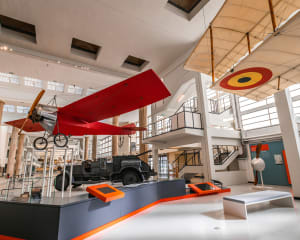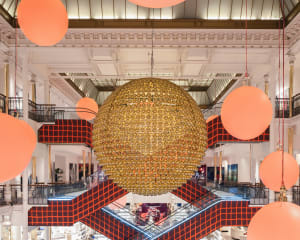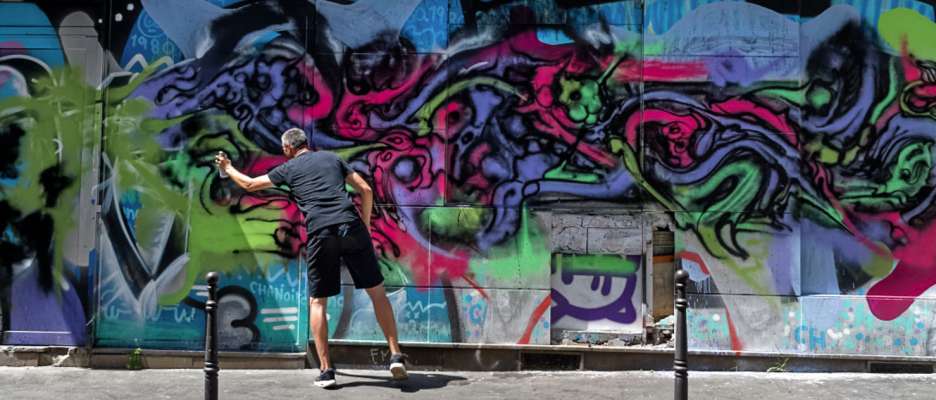10 art deco temples in Paris and its region
- Inspiration
- Themed guides
- 10 art deco temples in Paris and its region
The style that has become a symbol of the Jazz Age profoundly marked Paris and its region. Discover the cultural spaces, theatres and shops that typify this monumental architectural style. Art Deco took its name from the Exposition Internationale des Arts Décoratifs et Industriels Modernes that took place in Paris in 1925. It has left its imprint on many creative fields, from fine art to architecture, decoration to fashion and photography, and is embodied by artists as different as René Lalique, Man Ray, Tamara de Lempicka, Cartier, Paul Poiret and Robert Mallet-Stevens. Off we go on a visit of the places that bear the hallmarks of this very unique style.
Our favourite Art Deco event
Around the Eiffel Tower
The Palais de Tokyo was built in a sober and powerful style with its two symmetrical wings - today housing two art centres, the Musée d'art Moderne in the eastern wing, and the eponymous Palais de Tokyo in the western wing - a peristyle, a reflective pool, an immense terrace, a monumental staircase and a bas-relief by Alfred Janniot.

Nearby, the Palais de Chaillot is considered the most important monument of the 1930s in Paris. Overlooking the Jardins du Trocadéro, its two neo-classical pavilions offer a commanding view of the Eiffel Tower and the Champ de Mars. The interior decoration, carried out by 71 painters and sculptors, presents a wide palette of all Art Deco's trends. Today, the palace hosts the Cité de l'Architecture et du Patrimoine in its Paris wing, and the Musée de l'Homme in its Passy wing, as well as the prestigious Théâtre National de Chaillot.
Over to the Bois de Vincennes, where the nearby Palais de la Porte Dorée, the only remaining vestige of the 1931 Exposition Coloniale, is equally monumental: covering 16,000m², it has a façade in bas-relief by Alfred Janniot measuring over 1,000m², and a tropical aquarium. Today it is home to the Musée National de l'Histoire de l'Immigration.

Museums pay homage to Art Deco
The Musée des Arts Décoratifs, an exceptional museum on Rue de Rivoli, in the heart of Paris, holds one of the most important collections of decorative arts in the world. In its chronological itinerary, going from the Middle Ages to the contemporary era, more than 10 rooms are devoted to Art Nouveau and Art Deco.
If the Musée d'Orsay is best known for its collection of Impressionist paintings, it also has a collection of objects in the Art Deco style that are worth lingering over.
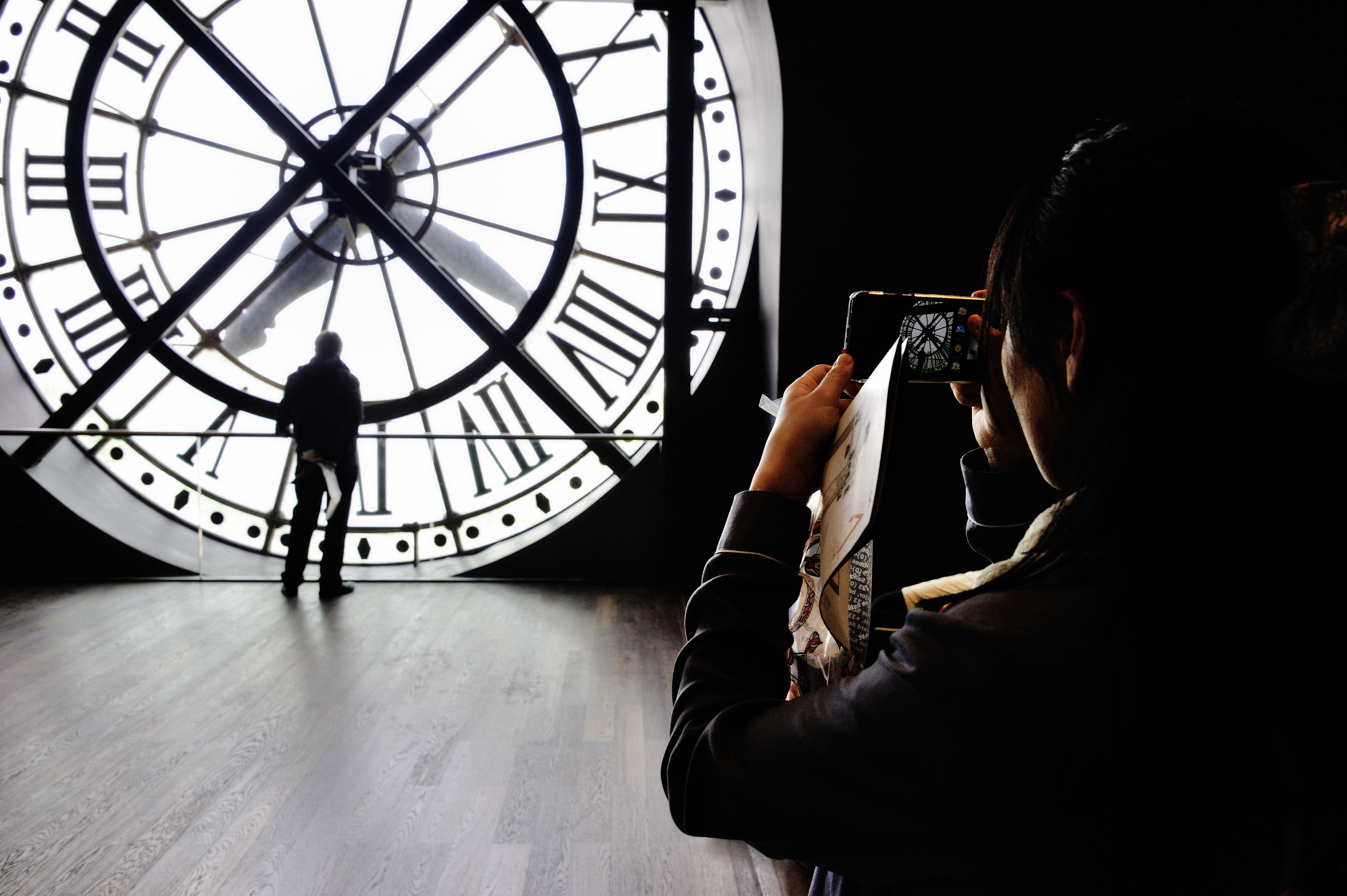

The Musée des Années 1930 in Boulogne-Billancourt is bursting with Art Deco treasures. Paintings, sculptures, drawings, posters, architectural models of buildings from the 1930s and Art Deco furniture are sure to captivate visitors.
The Musée de l’Air et de l’Espace du Bourget, the most important aeronautical museum in France and one of the largest in the world, hides a treasure of the Art Deco style. With its monumental columns, its vaulted glass ceiling, its marble and wrought-iron staircases and its magnificent clock, the Salle des Huit Colonnes, recently renovated to bring back all its 1930s opulence, is a true architectural gem.

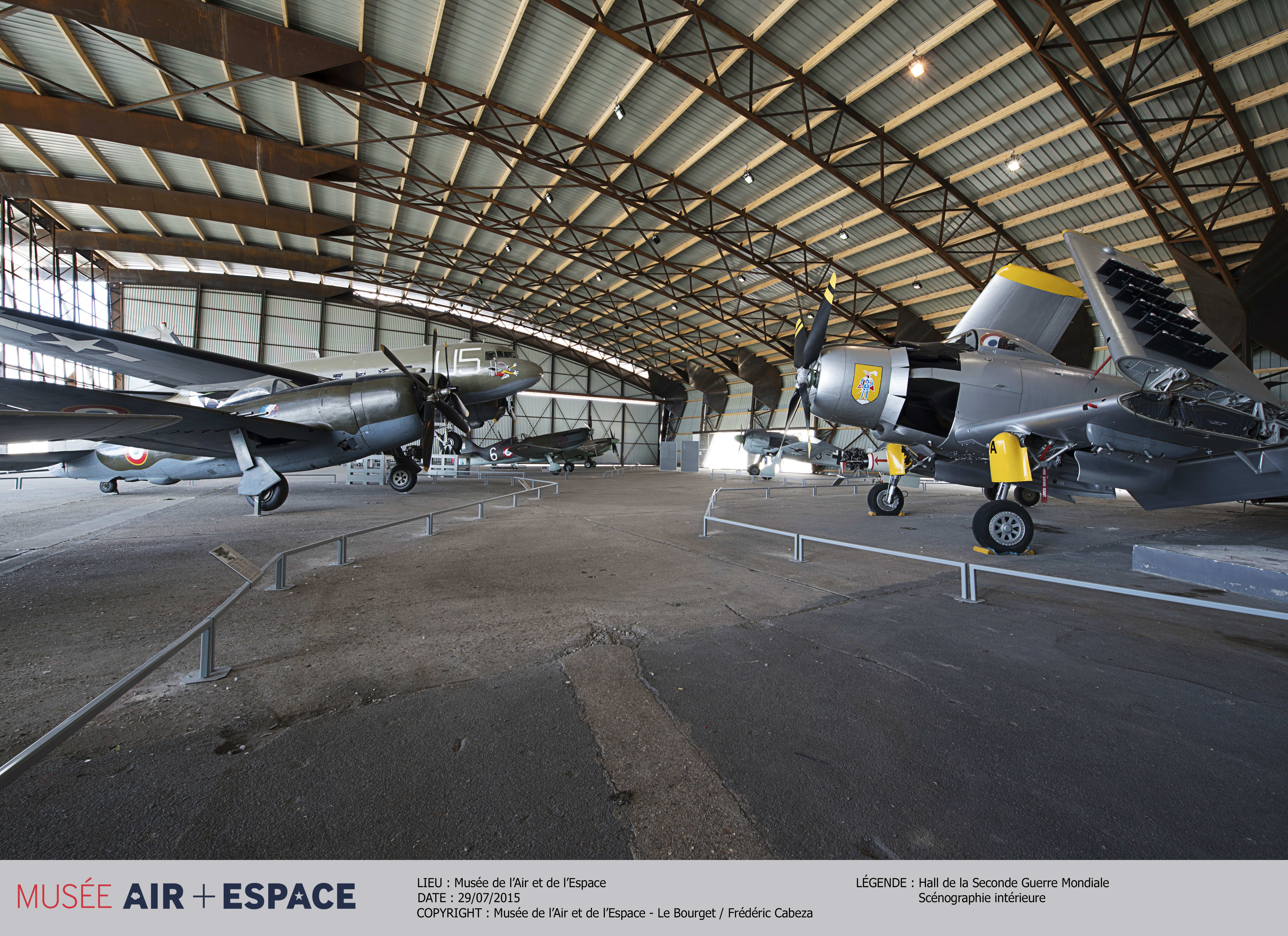
Around the Grands Boulevards
Those cathedrals of commerce, Paris's department stores, including Printemps, Galeries Lafayette or Le Bon Marché, underwent a transformation in the 1920s, passing from the Art Nouveau to the Art Deco style.
From the end of the 19th century, architects and engineers (including Gustave Eiffel) used glass and iron to create cupolas and glazed roofs to illuminate the vast sales halls.
Beginning in the 1930s, they rethought the spaces and the store design, the better to display the new products, whose manufacture was by now industrialised. Art Deco, with its straight lines, its symmetry and its artistic but functional aspect, was the perfect choice.
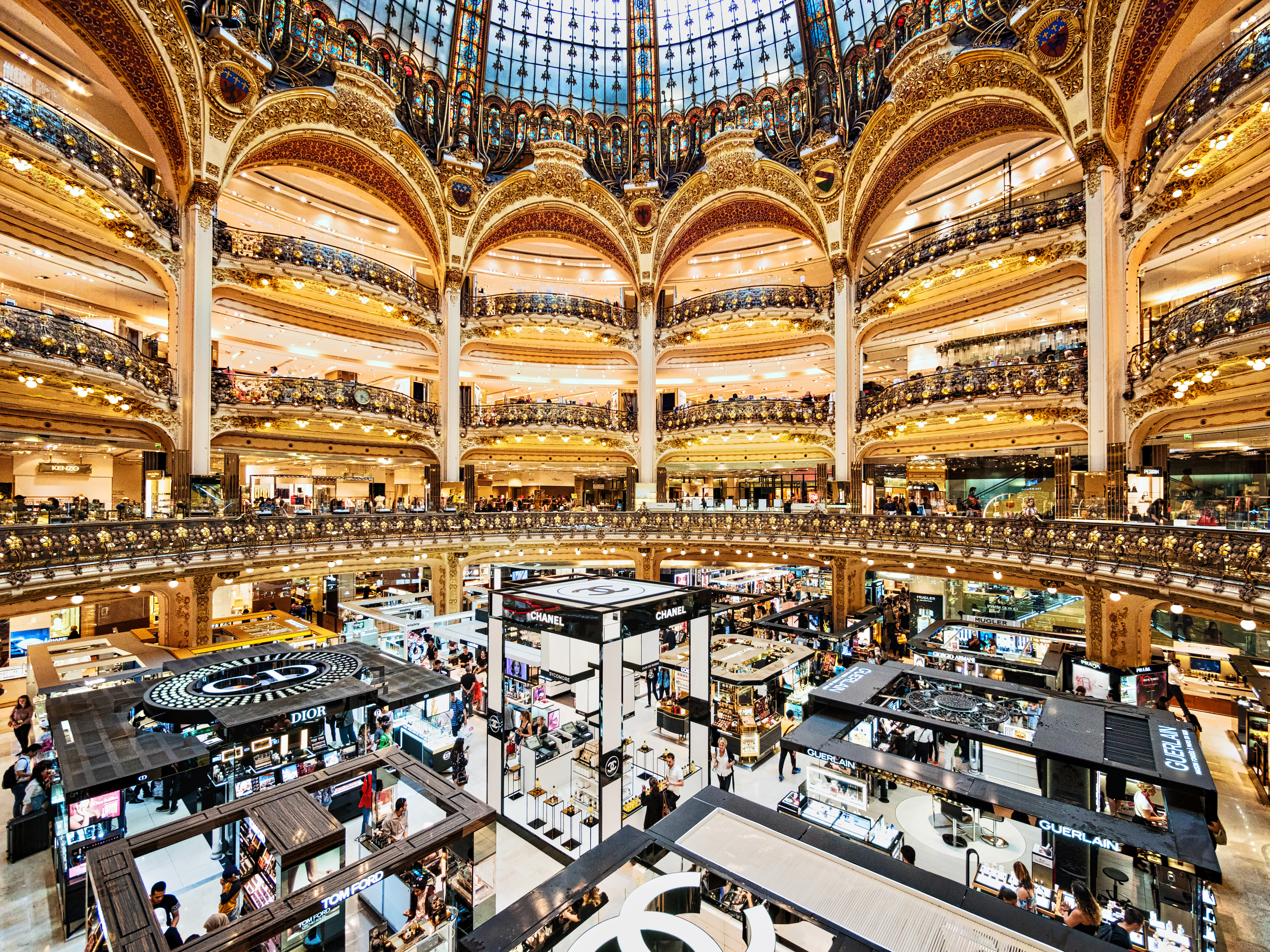
Our selection
You might also like
- Copyright image: Elena Gandini Galeries Lafayette

